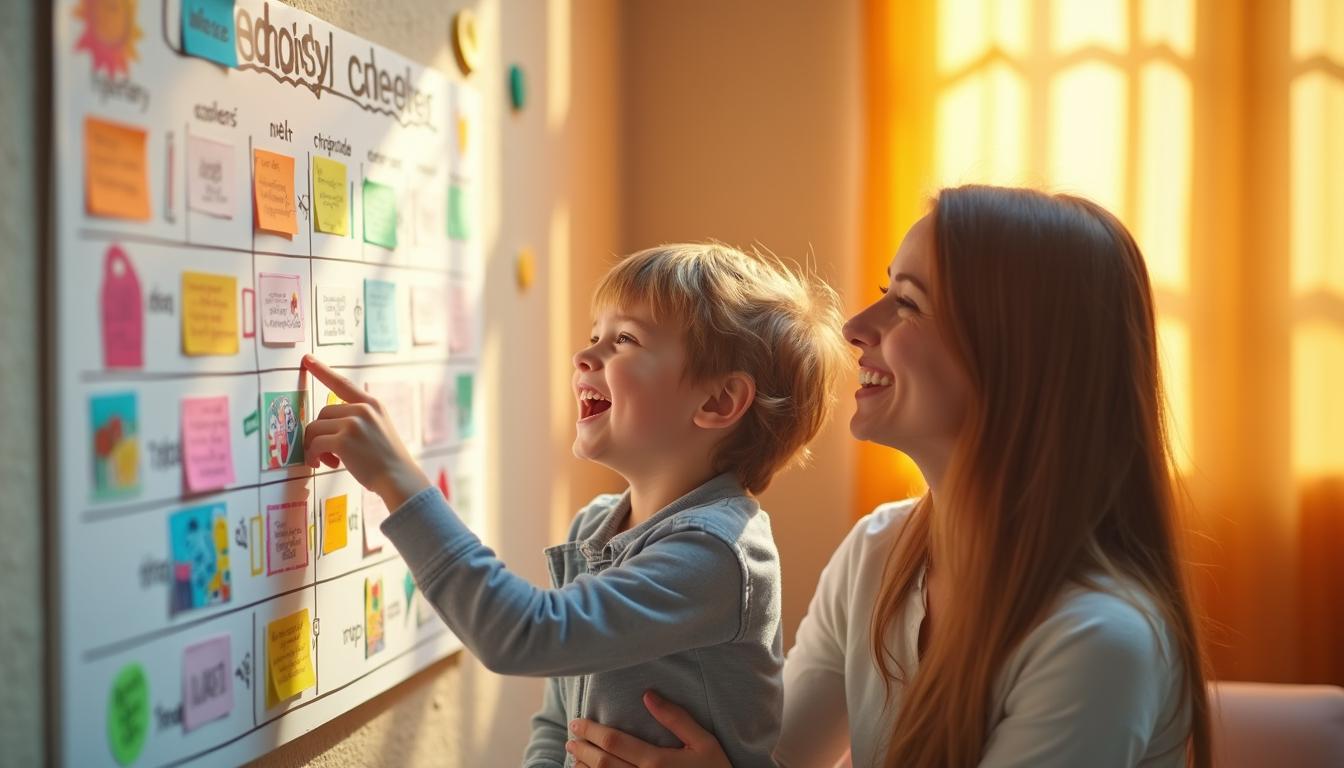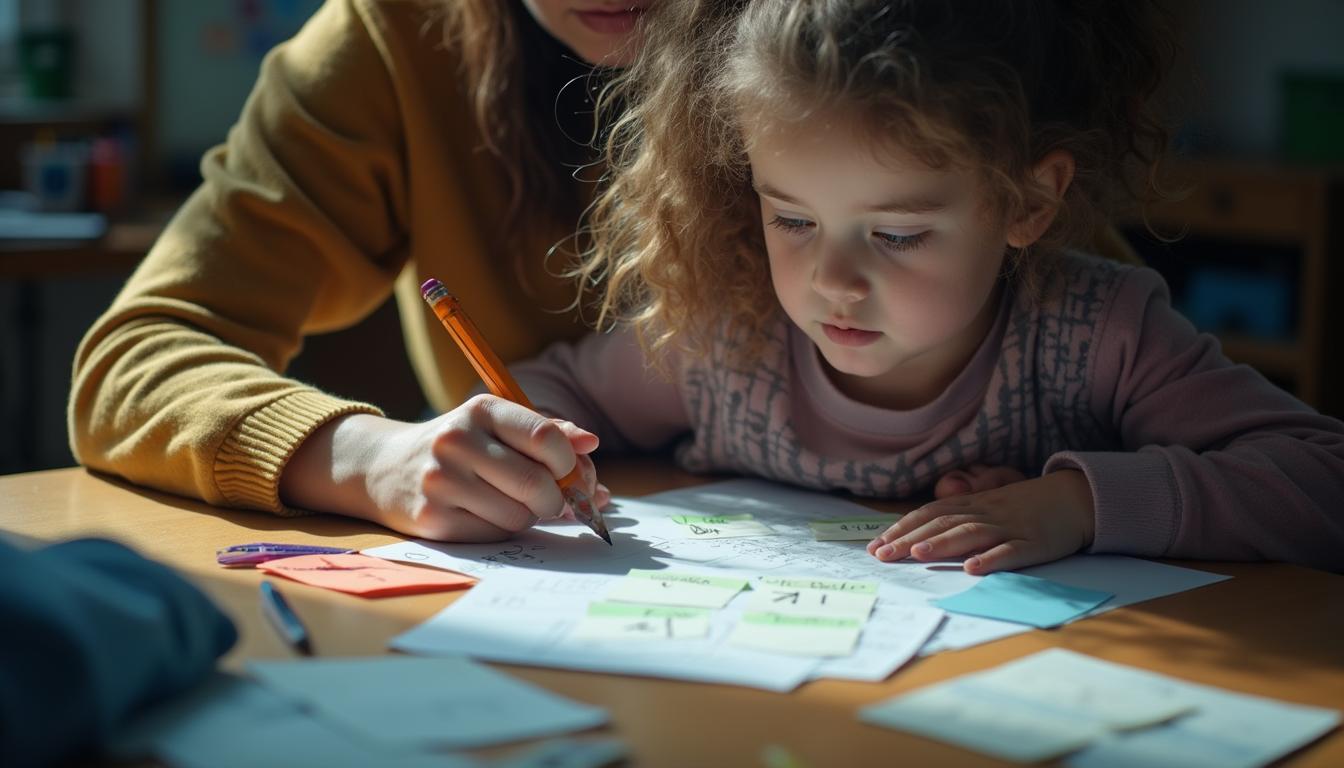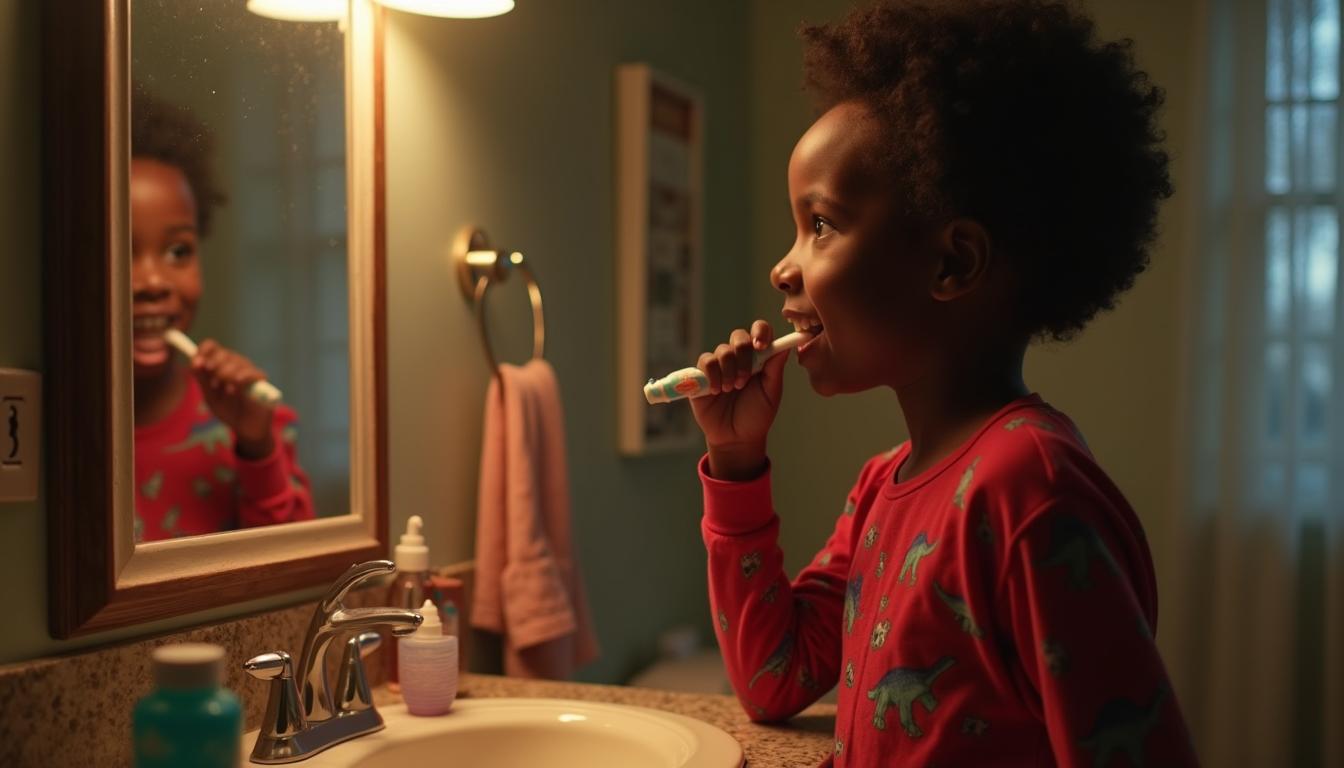Welcome to the Research and Strategy Services at in today's fast-paced.


Parenting a child with ADHD can be as rewarding as it is challenging. You may see your child’s creativity, curiosity, and energy shine in bursts — but also watch them struggle with focus, organization, and completing everyday tasks.
The good news? There are practical, simple strategies that can make a big difference. Along with tools like brain training for kids, which strengthens focus, memory, and self-control, parents can help their children build self-management skills, reduce daily stress, and feel more confident in their abilities.
Below are five ADHD-friendly strategies that parents consistently find effective. These tips are rooted in real-world success stories and supported by evidence-based ADHD coaching techniques.

Children with ADHD often do better when they can see what needs to be done rather than relying solely on verbal instructions. Visual schedules turn the day into a clear, predictable roadmap.
How to implement:
Why it works:
Visual cues bypass some of the working memory challenges ADHD children face. Instead of remembering multiple instructions, they can simply glance at their schedule. This reduces frustration, increases independence, and helps children feel a sense of accomplishment when they tick things off.

A single task can feel enormous to a child with ADHD. “Clean your room” might be so overwhelming that they don’t know where to begin — and then nothing happens. The key is to break it down into small, specific steps.
How to implement:
Why it works:
Micro-steps reduce the mental load, making it easier to get started. They also create quick wins, giving children the momentum to keep going. Each small success builds self-confidence and reinforces the idea that “I can do this.”

ADHD brains are wired for stimulation, and sitting still for long periods can feel like torture. Short, planned movement breaks help release energy, reset focus, and improve mood.
How to implement:
Why it works:
Movement boosts dopamine and norepinephrine — brain chemicals linked to attention and motivation. Physical activity also acts as a natural reset button, making it easier to return to tasks with renewed focus.

The physical environment has a big impact on focus. A cluttered desk or noisy space can be overwhelming for a child with ADHD. The goal is to create a workspace that is clear, calm, and free from unnecessary distractions.
How to implement:
Why it works:
When everything has a place, there’s less time spent searching and more mental energy available for the task at hand. A tidy, predictable space signals to the brain that “it’s time to focus.”

Children with ADHD thrive on structure. Predictable routines reduce decision fatigue, lower stress, and create a sense of security.
How to implement:
Why it works:
Routines create habits, and habits reduce the mental effort needed to get through the day. Over time, the steps become automatic, freeing up brainpower for learning, socializing, and creativity.
ADHD isn’t about laziness or lack of willpower — it’s about brain wiring that requires a different approach. These five strategies work best when introduced gradually, tailored to your child’s personality, and reinforced with encouragement. The goal is to build-up their sense of independence.
Celebrate small wins, be patient on the tougher days, and remember: with the right tools, children with ADHD can build lasting skills that serve them well in school, friendships, and life.
👉 Discover effective tools to strengthen focus and memory—explore our Best Brain Training Apps for ADHD guide.






Welcome to the Research and Strategy Services at in today's fast-paced.

Learn about NeuroTracker's free add-on program to kick start healthy brain habits with Human66

Learn the reasons why the December holidays have a particular energy to them from a cognitive perspective.

Learn why “Bah Humbug” people might be the most honest of all...
.png)